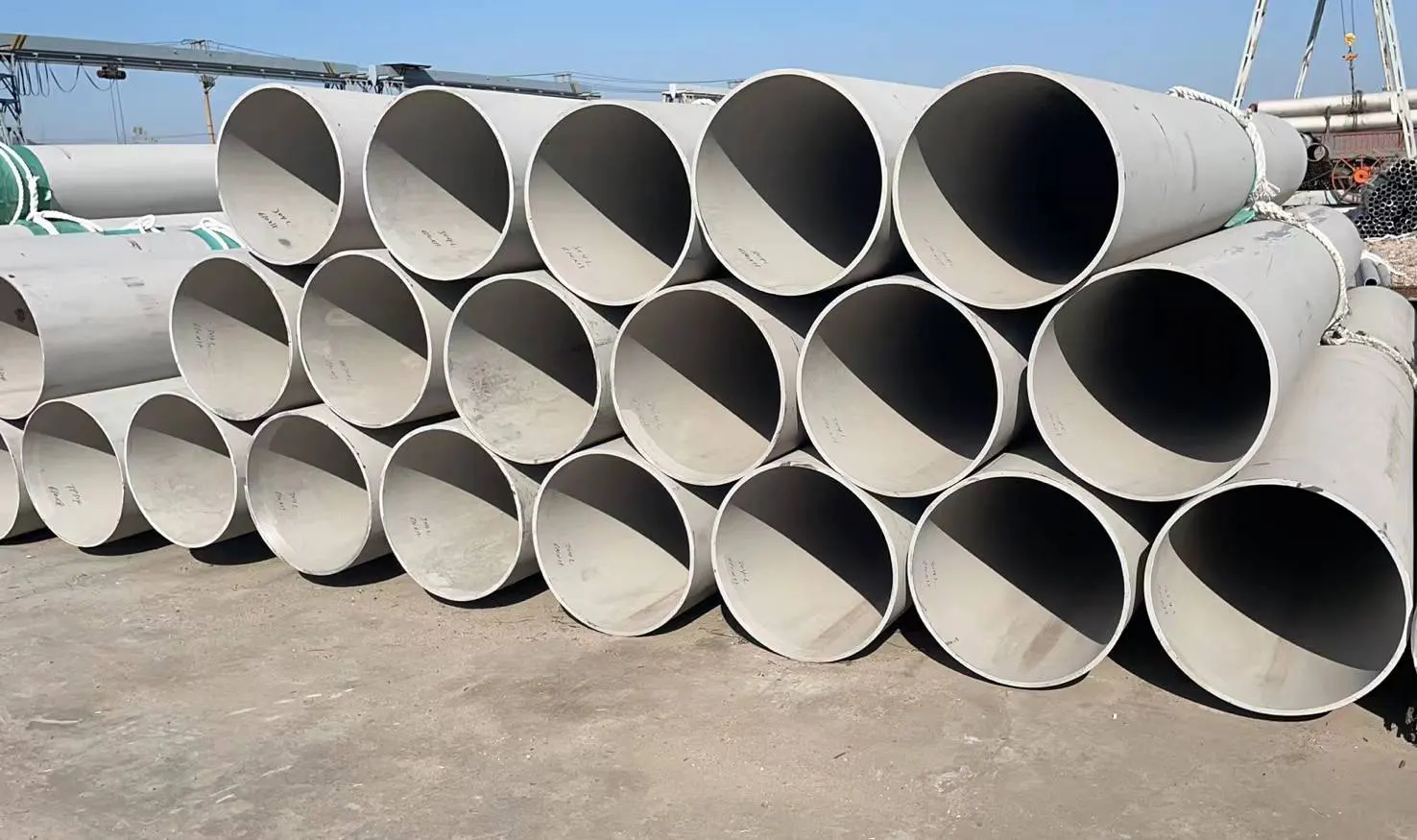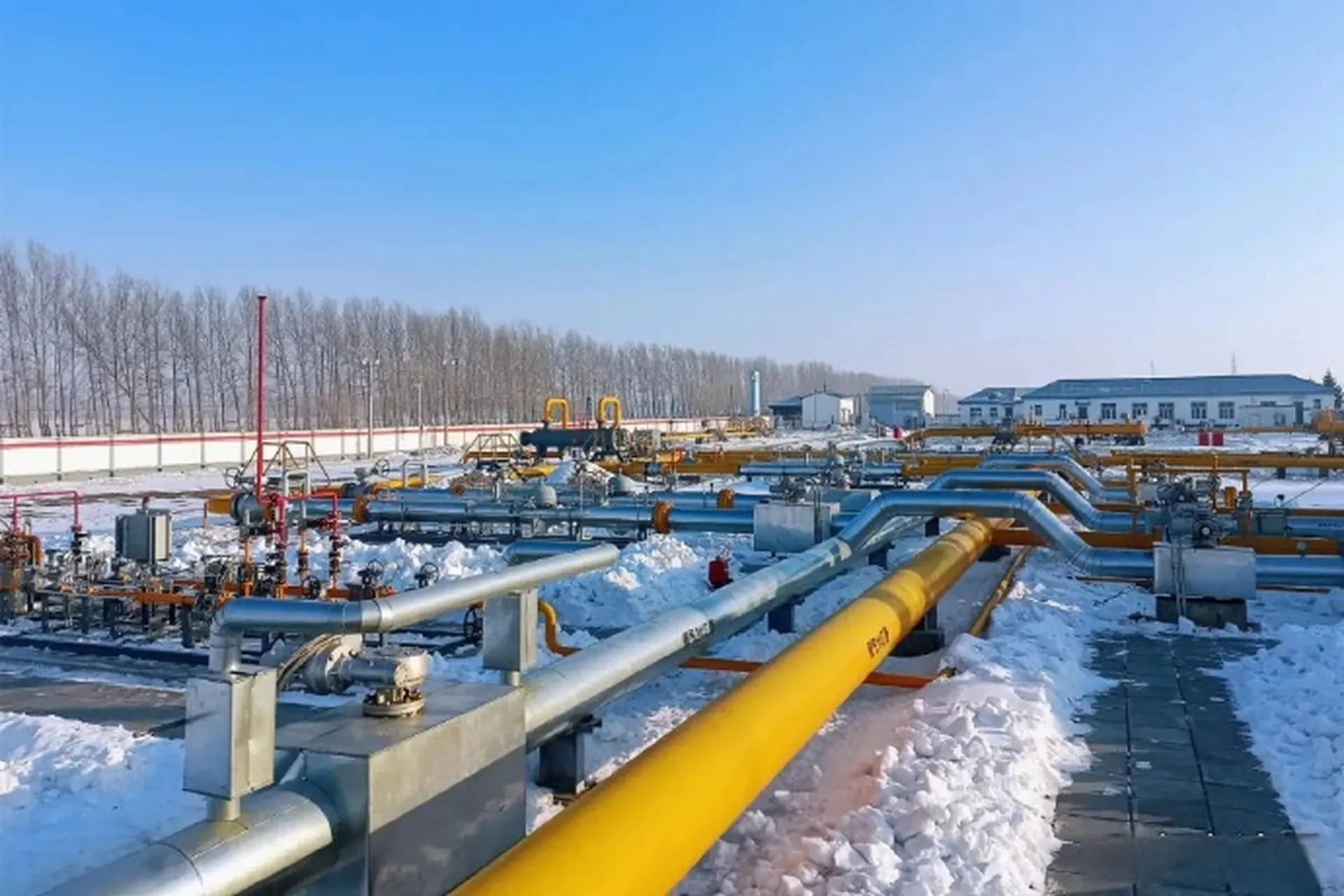Corrosion post-soudure peut sérieusement endommager votre tuyaux en acier inoxydable et raccords. Si nous devons compter sur un système de tuyauterie robuste, nous devons en apprendre le plus possible à son sujet. Lisez la suite pour en savoir plus sur la manière d'éviter la corrosion post-soudure dans la mesure du possible.
Qu'est-ce que la corrosion post-soudure ? Les dommages après la soudure !
La corrosion post-soudure se produit à l'intérieur ou à proximité du joint de soudure. Les processus de soudage modifie la microstructure du métal et ces changements rendent la zone plus sensible à l'érosion. Celle-ci peut apparaître immédiatement et se développe parfois au fil du temps. Elle affaiblit le composant et peut entraîner des défaillances très graves.
Types courants de corrosion post-soudure
Pour comprendre la corrosion post-soudure, il faut en reconnaître les différentes formes. Chaque type a une cause et un aspect spécifiques.
Corrosion intergranulaire se produit lorsque chrome est épuisé près des joints de grains. La chaleur du soudage peut provoquer cette sensibilisation. Les environnement corrosif érode ces zones faibles. On la trouve généralement à côté du cordon de soudure.
Corrosion par piqûres crée de petits trous ou piqûres localisés. Le soudage peut entraîner des irrégularités de surface et des inclusions d'oxyde.
Corrosion des crevasses se produit dans des crevasses étroites. Ces crevasses peuvent être situées sous la calamine ou le laitier. Les défauts de soudage peuvent également créer des crevasses où des fluides stagnants peuvent concentrer des agents corrosifs.
Fissuration par corrosion sous contrainte (SCC) est la combinaison d'une contrainte de traction et d'un environnement corrosif. Le soudage produit généralement des contraintes résiduelles. Lorsqu'elles sont exposées à des agents corrosifs spécifiques, tels que les chlorures, des fissures se forment. Elles peuvent s'étendre rapidement, entraînant une rupture soudaine.
Des métaux dissemblables peuvent s'assembler au cours du processus de soudage, ce qui est appelé corrosion galvanique. Cela peut également être dû à un mauvais choix du métal d'apport, lorsqu'une différence de potentiel est créée, ce qui peut accélérer la corrosion du métal inerte.
Facteurs clés contribuant à la corrosion post-soudure
| Facteur | Description | Impact sur l'acier inoxydable |
|---|---|---|
| Apport de chaleur (soudage) | Chaleur excessive ou insuffisante | Sensibilisationchangements microstructuraux |
| Sensibilisation des matériaux | Appauvrissement en chrome dû à la chaleur | Corrosion intergranulaire risque |
| Contamination | Saleté, graisse, scories, éclaboussures, teinte de la chaleur | Initie la corrosion par piqûres et crevasses |
| Choix du métal d'apport | Incompatible avec le métal de base | Corrosion galvaniquefragilisation |
| Contrainte résiduelle | Contraintes résiduelles après soudage | Augmentation de la sensibilité à la CSC |
| Environnement corrosif | Présence de produits chimiques agressifs | Accélère tous les types de corrosion |
| Passivation incorrecte | Absence de restauration de la couche passive | Réduit la résistance inhérente à la corrosion |
Ce que nous faisons
Stratégies de prévention pour les soudures en acier inoxydable
| Stratégie | Description | Avantage pour la tuyauterie |
|---|---|---|
| Grades à faible teneur en carbone | Utilisation 304L, 316L (Les notes L) | Minimise carbure formation |
| Grades stabilisés | Utilisation 321, 347, 316Ti | Prévient l'épuisement des Cr |
| Apport de chaleur contrôlé | Optimiser les paramètres de soudage | Réduit la sensibilisation |
| Post-soudure Traitement thermique (PWHT) | Recuit après soudage | Rétablissement des propriétés |
| Nettoyage et passivation appropriés | Éliminer les contaminants, restaurer la couche | Renforce la résistance |
| Métal d'apport approprié | Compatible avec le métal de base | Évite les attaques galvaniques |
| Finition de la surface Contrôle | Éviter les soudures grossières, les défauts | Minimise les attaques localisées |
Impact de la corrosion post-soudure sur les tubes et raccords en acier inoxydable
- Défaillance prématurée : Les soudures corrodées peuvent entraîner des fuites susceptibles de provoquer des ruptures catastrophiques.
- Durée de vie réduite : Les équipements se détériorent plus rapidement, ce qui réduit leur durée de vie et augmente la fréquence de leur remplacement.
- Risques pour la sécurité : Les fuites de fluides dangereux sont dangereuses, elles constituent un risque pour le personnel et endommagent l'environnement.
- Augmentation des coûts de maintenance : Les coûts de réparation, les coûts de main-d'œuvre et l'augmentation du temps de travail augmentent considérablement les coûts d'exploitation.
- Atteinte à la réputation : Les défaillances de produits peuvent nuire à la confiance, ce qui affecte votre position commerciale et, éventuellement, vos futurs contrats.
Nous contacter
- RM901 No.22 Tangjiaqiao Road Wenzhou Chine
- +86 577 8551 1171
- [email protected]
- https://www.kaysuns.com/



